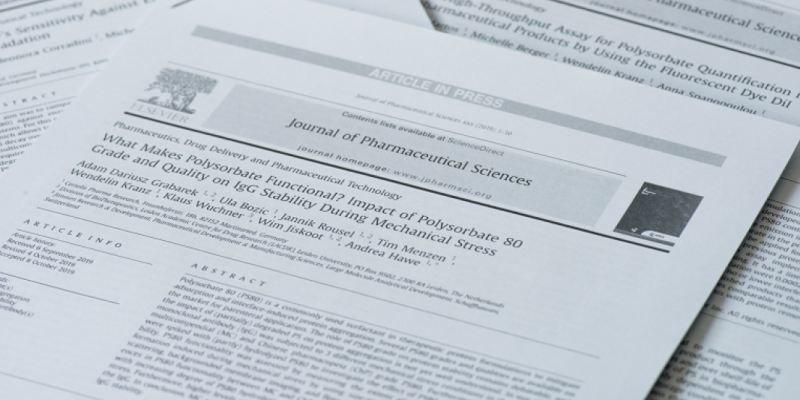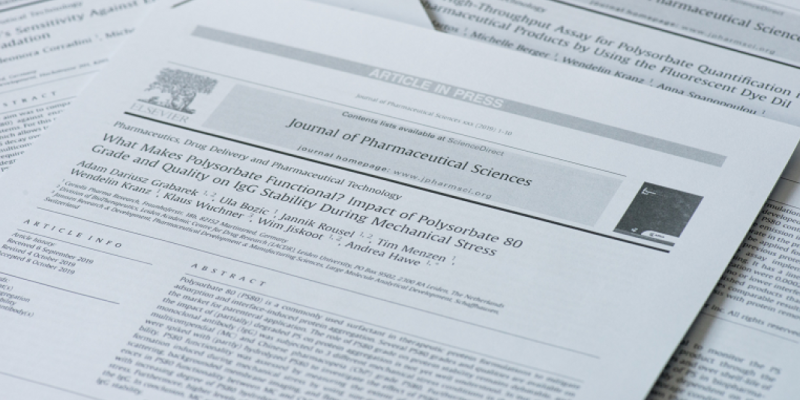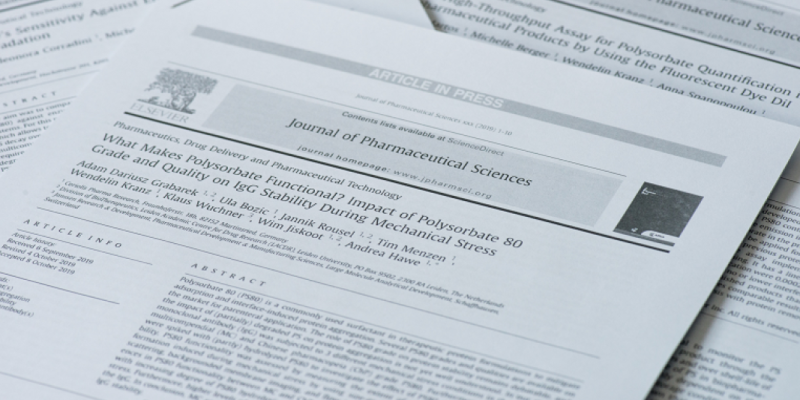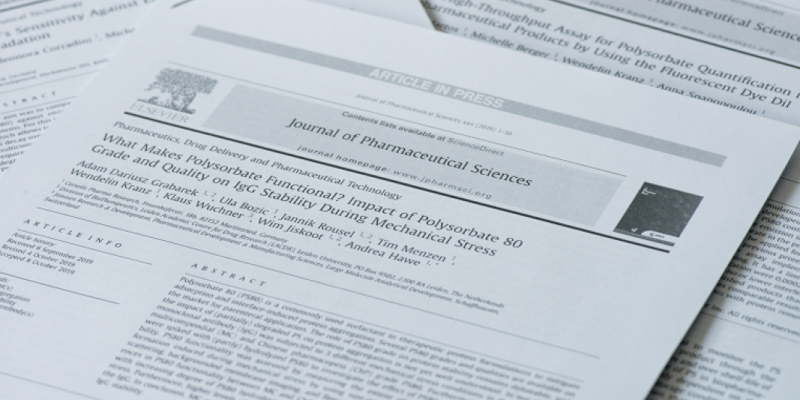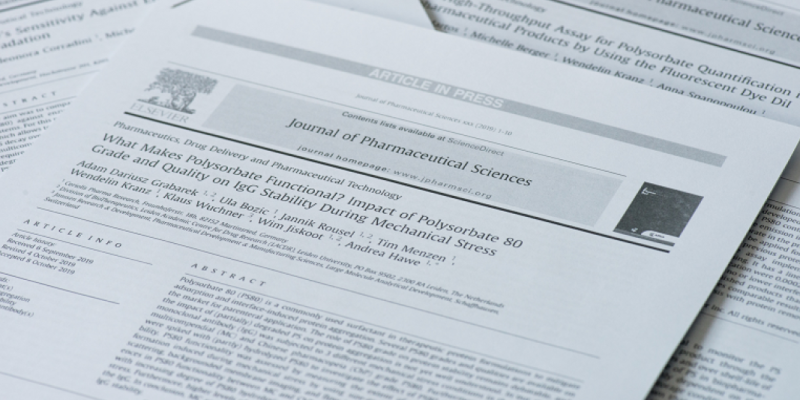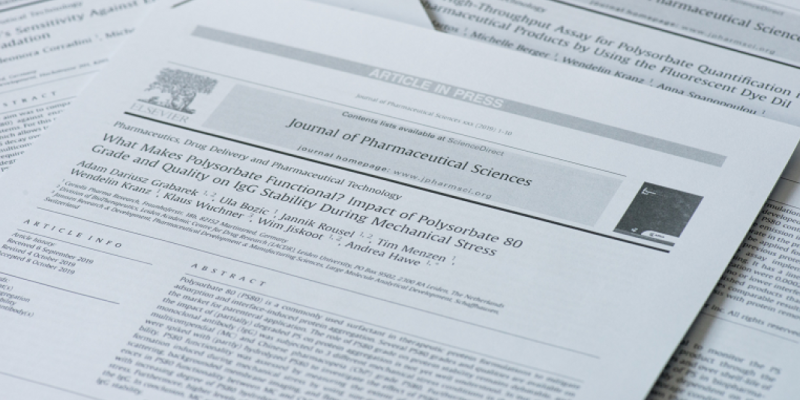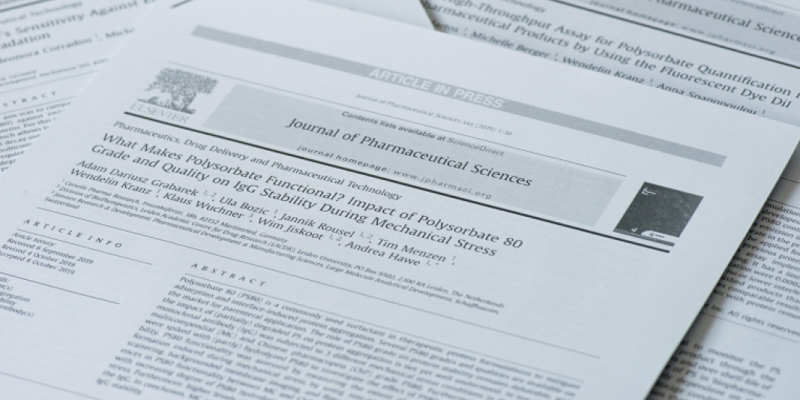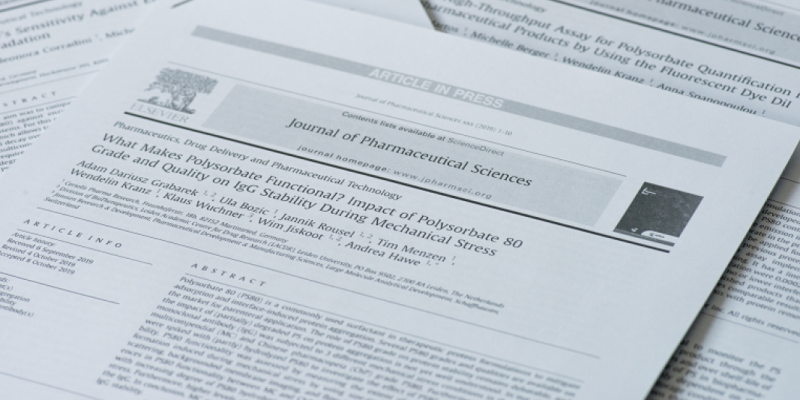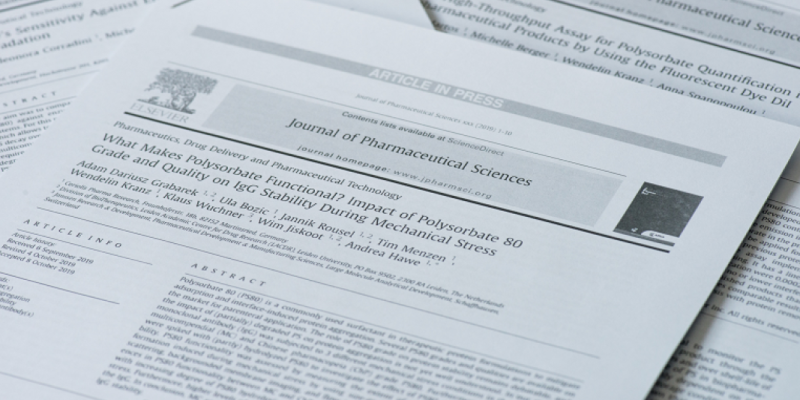Misconceptions over Förster resonance energy transfer between proteins and ANS/bis-ANS: Direct excitation dominates dye fluorescence.
Anal Biochem. 2010 Jun
Our aim was to disprove the widespread misconception that Förster resonance energy transfer (FRET) is the only explanation for observing fluorescence from ANS (8-anilino-1-naphthalenesulfonic acid) and bis-ANS (4,4'-dianilino-1,1'-binaphthyl-5,5'-disulfonic acid, dipotassium salt) following excitation at 280nm in the presence of protein. From ultraviolet (UV) absorption spectra and fluorescence emission spectra of bis-ANS and ANS in buffer and ethanol, direct excitation at 280nm was found to be the dominant mechanism for the resulting dye fluorescence. Furthermore, Tyr/Trp quenching studies were performed for solutions of N-acetyl-l-tryptophanamide, heat-stressed immunoglobulin G (IgG), and bovine serum albumin (BSA) by monitoring changes in steady state fluorescence spectra and time-resolved fluorescence decays as a function of dye concentration. Stronger quenching of the intrinsic BSA and IgG fluorescence in steady state than in time-resolved fluorescence by bis-ANS and ANS pointed toward static quenching being the dominant mechanism in addition to dynamic quenching and/or FRET. In conclusion, one should consider the role of direct excitation of ANS and bis-ANS at 280nm to ensure a proper interpretation of fluorescence signals resulting from dye-protein interactions. When ANS or bis-ANS is to be used for protein characterization, we recommend selectively exciting the dyes at the higher absorption wavelength maximum (370 or 385nm, respectively).
Anal Biochem. 2010 Jun
https://www.sciencedirect.com/science/article/pii/S0003269710001302?via%3Dihub=


